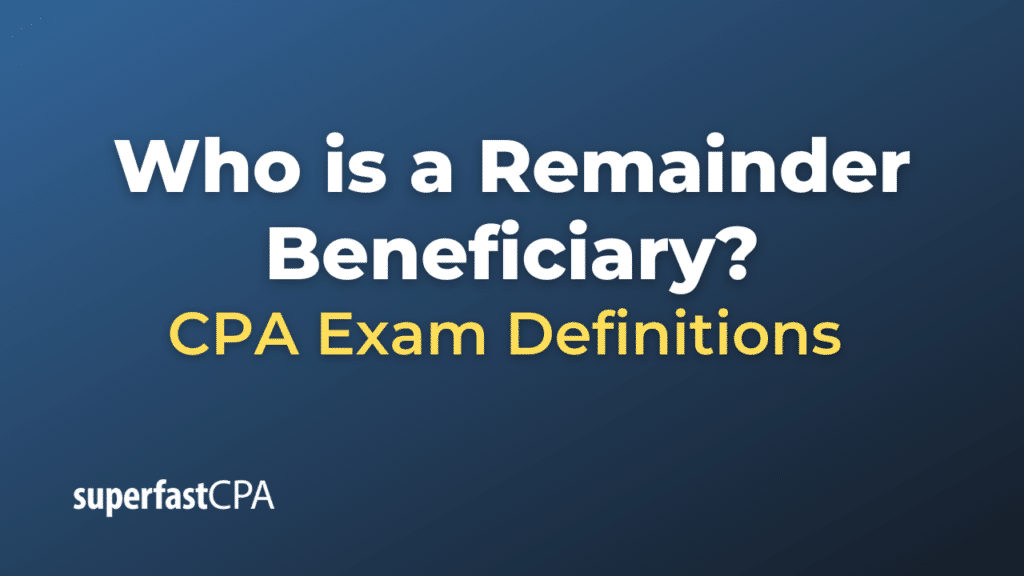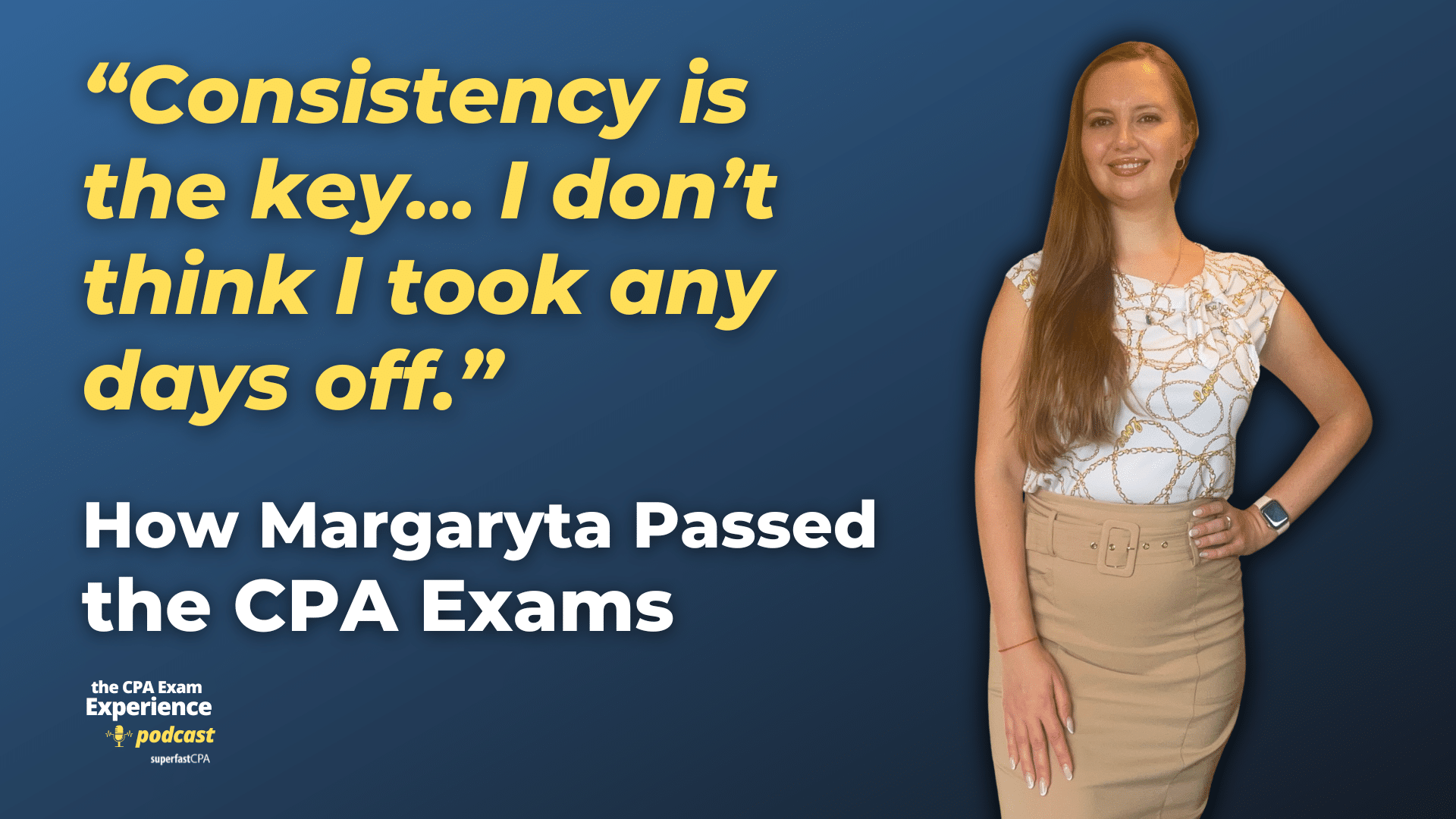Remainder Beneficiary
A remainder beneficiary is a person, group, or entity that is designated to receive the remainder or residual benefits of an estate, trust, or certain types of financial accounts after the primary beneficiary (or beneficiaries) has received their designated share or after a specified event occurs. In essence, they are in line to inherit or benefit after the primary beneficiaries.
Here are some contexts in which a remainder beneficiary might be used:
- Trusts: In a trust arrangement, the grantor sets aside assets for the benefit of a primary beneficiary. This beneficiary might receive income or principal distributions from the trust for a certain period, or under specified conditions. Once those conditions are met or the period ends, the remainder beneficiary would receive what’s left in the trust.
- Life Estates: In the context of property and real estate, a person might have a “life estate” in a property, which means they have the right to use and live on the property for their lifetime. Upon their death, the property doesn’t go to their heirs but rather to a designated remainder beneficiary.
- Charitable Remainder Trusts: This is a specific type of trust where the grantor or another beneficiary receives a certain amount each year from the trust, and at the end of the trust term, the remainder goes to a charitable organization.
Example of a Remainder Beneficiary
Let’s dive into a more detailed and fictional example involving a remainder beneficiary in the context of a family trust.
Mr. and Mrs. Clark have two children: Alex, who is 25, and Emma, who is 15. They also deeply care about supporting medical research, particularly research on a rare disease that Mrs. Clark’s mother suffered from. To provide for their children and eventually contribute to this cause, they establish a trust.
Trust Terms:
- The trust is initially funded with assets worth $2 million.
- Alex, the older child, will receive a yearly income of $50,000 from the trust until he turns 35.
- Emma, the younger child, will start receiving a yearly income of $50,000 from the trust when she turns 18, and this will continue until she turns 35.
- After both children have received their stipulated incomes and both have reached the age of 35, any remaining amount in the trust will be donated to the “Medical Research Foundation for Rare Diseases” (a fictional organization).
In this scenario:
- Alex and Emma are the life beneficiaries. They have the right to the specified annual distributions from the trust based on its terms.
- The “Medical Research Foundation for Rare Diseases” is the remainder beneficiary. After the terms benefiting Alex and Emma have been satisfied, the foundation stands to inherit whatever remains in the trust.
Potential Outcome: Suppose the trust assets grow at a decent rate over the years, covering the distributions to Alex and Emma. By the time Emma turns 35, there might be, hypothetically, $1.5 million left in the trust. At this point, per the trust terms, the “Medical Research Foundation for Rare Diseases” would receive the remaining $1.5 million to support its work.
The arrangement ensures that while Mr. and Mrs. Clark’s children are provided for, the remainder of the trust goes towards a cause they deeply care about.












